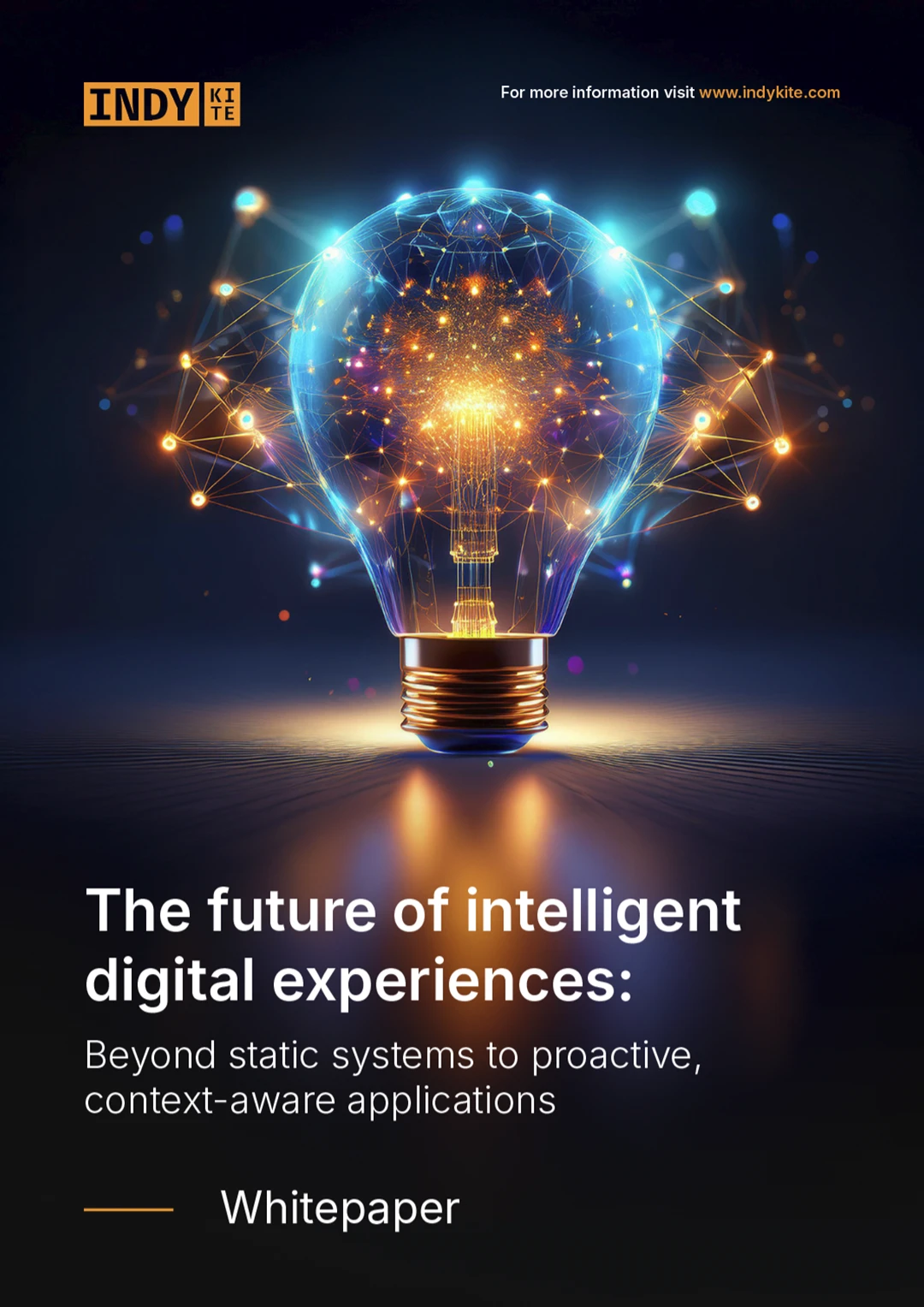Customer identity has always been an important part of the retail experience.
For centuries, the local corner store merchant knew their customers and had frequent dialogue with them.
The merchant knew how much stock he had and which items he had too much of. He knew his customers’ shopping habits, preferences and how much they would be willing to pay for certain items. Using this knowledge, he could make effective recommendations and offer discounts to improve his bottom line and keep his customers coming back for great deals and service.
The challenge today is how to replicate this level of personalized service, value and trust in a digital context.
Get to know your customer on their terms
How well you know your customer entirely depends on the data shared with you.
Offering your customers the opportunity to own their own data and to choose when to share it, offers an unparalleled level of privacy. You can then invite customers to share their data when it offers a clear benefit to them, enabling you to personalize services and enhance their experience. With semantic and non-PII data driving their experience, the customer can limit sharing and still enjoy many benefits of your tailored service. This meets the duality of the customer’s desire: frictionless and personalized interaction, that is secure and private (without their data being used ‘against’ them).
How much your customers trust you directly impacts on attraction and retention. Trust builds loyalty, which can be the difference between market share growth and loss.
Create experiences for your customer's world
If we want to create a rich, personalized experience for the customer, we need technology that can reflect the real world - a world full of connection and relationships.
Legacy IAM platforms have been built on rigid data structures that were designed to securely manage and facilitate internal employee access to systems.
In order to make the shift from current ways of operating into a place that can position identity as a business driver, we need a flexible data model that can respond to a changing environment.
Graph technology captures the data with context in a flexible way. It gives us the means to turn identity data into enriched, contextualized identity knowledge, and with identity knowledge we can deliver high value experiences to our customers.
Compete for customer trust and dialogue
In a cash only environment, the merchant has total ownership of the customer dialogue. But in a digital, modern environment, there is hot competition over that dialogue - particularly during the checkout process.
The sheer volume of retail transactions has made it an attractive opportunity for other players, including payment service providers, alternative payment providers, By Now Pay Later (BNPL) providers, etc.
Some will seek to buy the transaction from the retailer and take the customer to their platform. This might be attractive to retailers initially but less so over time as it also means that the APM has the opportunity to influence the customer’s next purchase or click. A valuable opportunity that is worth fighting for.
Controlling the checkout process also creates an opportunity to influence the chosen payment method. This is critically important for a retailer as the various payment options charge different payment fees to the retailer (rather than the customer).
For example, for a basket worth 350 NOK (around $35) a Norwegian domestic debit card charges the retailer around .31 NOK (around $0.03). By comparison, visa, mastercard and american express, charge between 2.63-10.50 NOK ($0.27 - $1.08). At scale, this makes a significant difference to the retailer’s profit margin.
Further, in the last year, shoppers choosing to pay with visa, mastercard or amex has risen sharply (due to the growing popularity of paying with a phone or watch using services like ApplePay). This drives up costs for the retailer, making that influence opportunity (and ensuring strong incentive to use other cheaper forms of payment) of critical importance.
For this reason, many retailers are investing heavily in customer identity management solutions to manage payment authorizations in their own app, to maintain control and bring payment costs down.
See the value of Customer Identity now and in the future
Needless to say, there is immense value in Customer Identity. The challenge is how to put it to use to create value for your customer and business - at every step and in every interaction.
Most businesses know they are sitting on valuable data but the underlying rigid data structure doesn’t allow them to move beyond their current ways of working.
Using a knowledge graph to structure and enrich data and enable connection with other data stores within your brand, can dramatically extend the value of that data.
You can then put that data to work, driving advanced and dynamic authorization at scale, reducing costs such as payment service fees, or even real-time threat and risk detection.
The best part is there is no need to rip and replace your existing infrastructure, IndyKite’s knowledge driven identity platform can be deployed on top as a data orchestration layer. This layer can ingest and glean identity knowledge from various systems in a dynamic and flexible data structure, harvesting valuable knowledge for your business. IndyKite is also devleoping technology for the future so you can realize value now while positioning and investing in technology of tomorrow.
Interested in learning more? Check out our recent webinar on Customer Identity in Web 3.0: Retail’s Best Asset.













